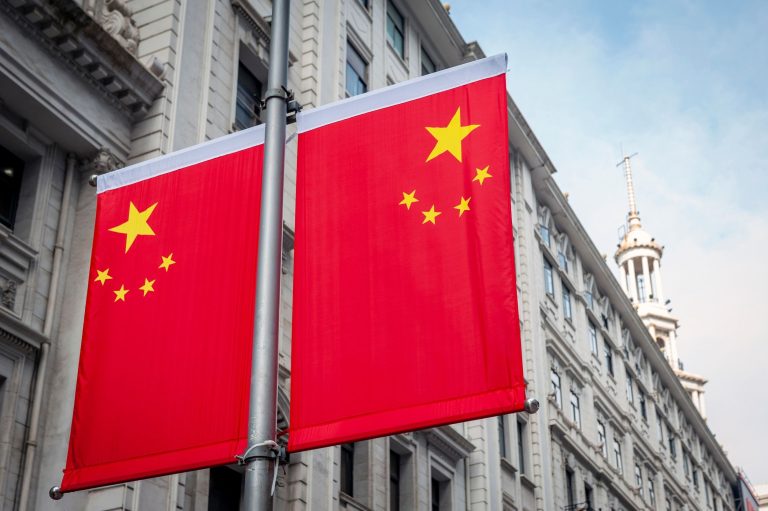The global race to reduce reliance on China for rare earth minerals is facing significant challenges, as countries like the US, Japan, and Australia struggle to establish alternative supply chains.
These critical minerals are essential for high-tech industries, from electric vehicles to military technology, and securing their supply has become a strategic priority.
Despite multi-billion-dollar investments, delays in construction and declining prices are casting doubt on the ability of these nations to break free from China’s market dominance.
Source: Bloomberg
Rare earth projects in US and Australia face setbacks
Lynas Rare Earths Ltd. leads the US efforts to establish an independent supply chain for rare earths.
The company is constructing a processing plant in Texas, funded by over $300 million in Pentagon contracts.
However, the project has faced significant delays due to environmental permitting issues, pushing back its expected opening.
This delay highlights the hurdles facing the US in its quest for supply chain self-sufficiency.
Similarly, Australia’s Arafura Rare Earths Ltd., which received A$840 million ($560 million) in government loans, is also encountering delays.
The company’s Nolans project, which was expected to begin ramping up production this year, has not yet commenced construction.
These setbacks signal broader challenges for Western nations attempting to establish a reliable rare earth supply chain outside China.
China’s market manipulation
China continues to hold a tight grip on the rare earths market, controlling about 70% of global output and over 90% of refining capacity.
This dominance allows China to influence market prices, creating further complications for rival projects.
Recent price declines, driven by an oversupply from China and a weakening domestic economy, have undercut the profitability of new ventures in the US and Australia.
Iluka Resources Ltd., which received a A$1.25 billion loan to build Australia’s first integrated rare earths refinery, is also facing challenges.
The company has been hit with soaring costs that exceed initial projections, delaying the project’s expected 2026 opening.
China’s ability to manipulate prices exacerbates these difficulties, making it harder for competing projects to get off the ground.
Lessons from Japan
Japan’s struggle to reduce dependence on Chinese rare earths offers valuable lessons for other nations.
In 2010, following a territorial dispute, China temporarily halted rare earth exports to Japan, prompting Tokyo to seek alternative sources.
Japan invested heavily in companies like Lynas, helping it survive periods of low prices and operational difficulties.
This support has reduced Japan’s reliance on Chinese rare earths from 80%-90% to around 60%.
Japan’s decade-long effort highlights the long-term commitment and financial resilience required to compete in the rare earths market.
For countries like the US and Australia, Japan’s experience underscores that breaking free from Chinese dominance won’t happen overnight—it will require significant investment, patience, and perseverance.
Environmental and financial challenges threaten supply
Beyond economic factors, environmental concerns also loom large.
Rare earth mining and processing can lead to significant environmental degradation, including water pollution and habitat destruction.
These issues have led to delays in permitting and construction for projects in both the US and Australia, further complicating efforts to establish a sustainable and independent supply chain.
The environmental impact of rare earth production raises a critical question: can nations outside China develop an industry that is both economically viable and environmentally sustainable?
As these challenges persist, the future of the global rare earth supply chain remains uncertain.
The global race to secure rare earths is a complex, decades-long endeavor, as emphasized by Lynas CEO Amanda Lacaze.
Establishing a new industry requires patient capital, long-term commitment, and the ability to navigate economic, environmental, and geopolitical challenges.
For the US, Japan, and Australia, success will depend on their ability to overcome these hurdles.
While efforts to reduce reliance on China are advancing, the path to a truly independent rare earths supply chain will be fraught with difficulties, and the global market will continue to feel China’s influence for the foreseeable future.
The post China’s grip on rare earths market threatens US and Japan’s supply chain ambitions appeared first on Invezz

